Having your oil tank bunded is one of the safest ways to store your heating oil at home. It’s also important to take into consideration the positioning of the tank, fire regulations, local building regulations and maintenance of the tank much the same as you would regularly service a boiler. Check out our Tank Health Check page for more information on servicing your tank.
Choosing Your Tank
Single Skin tanks have a single layer of plastic (or Steel). Having only one layer makes it a cheaper option however, single skin oil tanks are subjected to much stricter regulations regarding oil spills and pollution. Tanks situated near water sources or that are over 3500 Litres incapacity must be bunded.
Bunded tanks are almost like a tank within a tank, this adds both structure and strength preventing any accidents or damages to your tank. Regulations state that the outside shell of the tank must be able to hold 110% of the contents from the main tank.
Size
When choosing the size of your tank you should be considering how much oil you use and how often you plan on refilling. If you were planning on filling you're tank less frequently the obvious option would be to have a larger tank or if you have a budget you would need to balance the size of the tank with how often you need it refilled, with the industry-standard minimum delivery of 500 litres you would need to be cautious not to run out.
Fire & Building Regulations
When storing oil on your property and your tank is connected to your boiler there are various regulations you need to follow in which can be different depending on where you are in the UK, so it is best to check locally if you are compliant. The best way to to do this is to have your tank installed by a registered OFTEC Engineer that can certify that their work is compliant with any regulations.
1.8m away from non-fire rated eaves of a building
1.8m away from a non-fire rated building or structure (e.g. garden sheds)
1.8m away from openings (such as doors or windows) in a fire-rated building or structure (e.g. brick built house/garage)
1.8m away from liquid fuel appliance flue terminals
760mm away from a non-fire rated boundary, such as a wooden boundary fence
600mm away from screening (e.g. trellis and foliage) that does not form part of the boundary.
It’s also important to make sure that your tank is adequately supported, the base of the tank must be:
• Adequate for the weight of the tank and its contents
• Non-combustible and level
• Constructed of concrete, paving stones or stonework
• Large enough to extend 300mm beyond all sides of the tank.
For more information on regulations visit the official OFTEC Website
Looking After Your Tank
Maintaining your tank regularly is important to prevent any potential problems, we recommend checking your tank every 6 months and after any severe weather conditions. Some visible signs you should look out for are:
Cracks, splits & leaks
Strong smells of oil
Bulging
A sudden increase in fuel usage or sudden decrease in levels.
Faulty Guages
It’s more than likely at some point your oil tank will contain water. This is due to condensation that occurs from temperature differences on the inside and outside of the tank. Water may also enter the tank through any unseen cracks/rust in the body or seals of the tank. Did you know James D Bilsland offers a tank health check service? For more information on our Tank Health Check, click here.
At James D Bilsland we can supply, fit and service your tank, for any more information or queries you may have do not hesitate to contact our live chat or give us a phone on 01360660264.


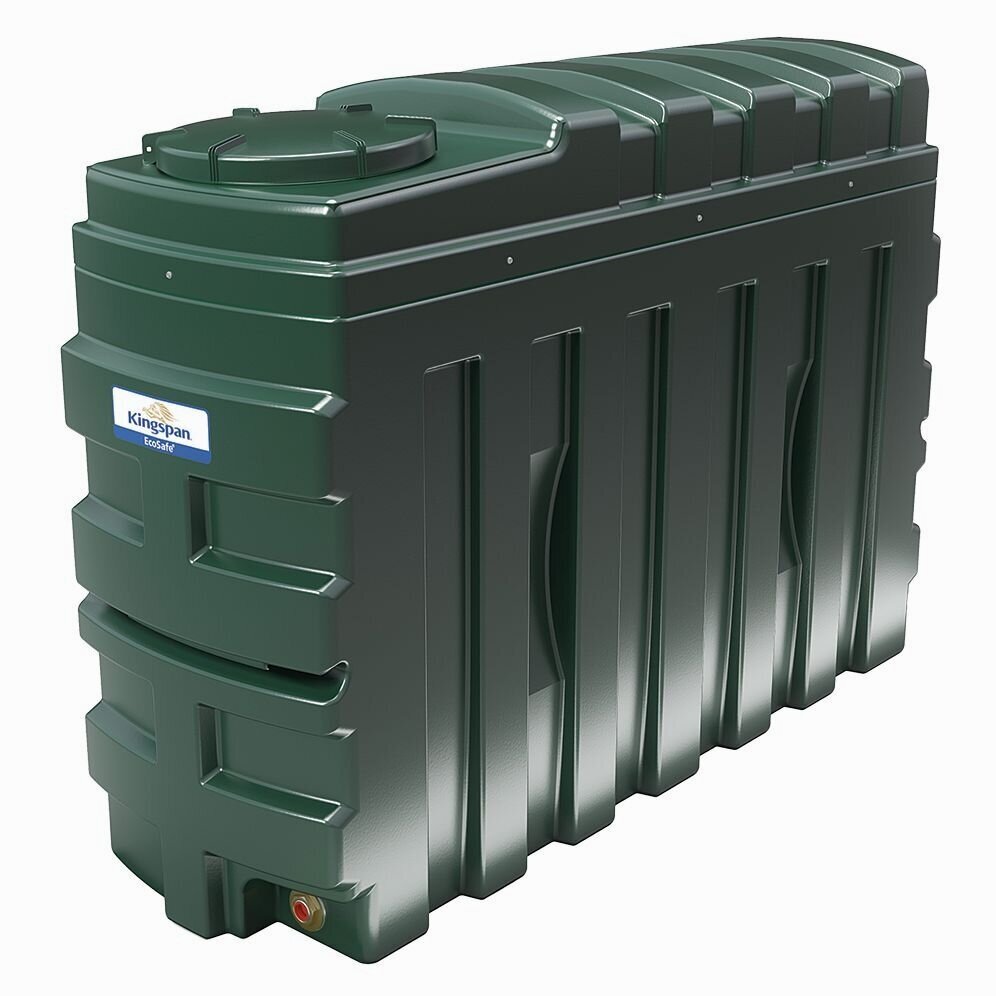
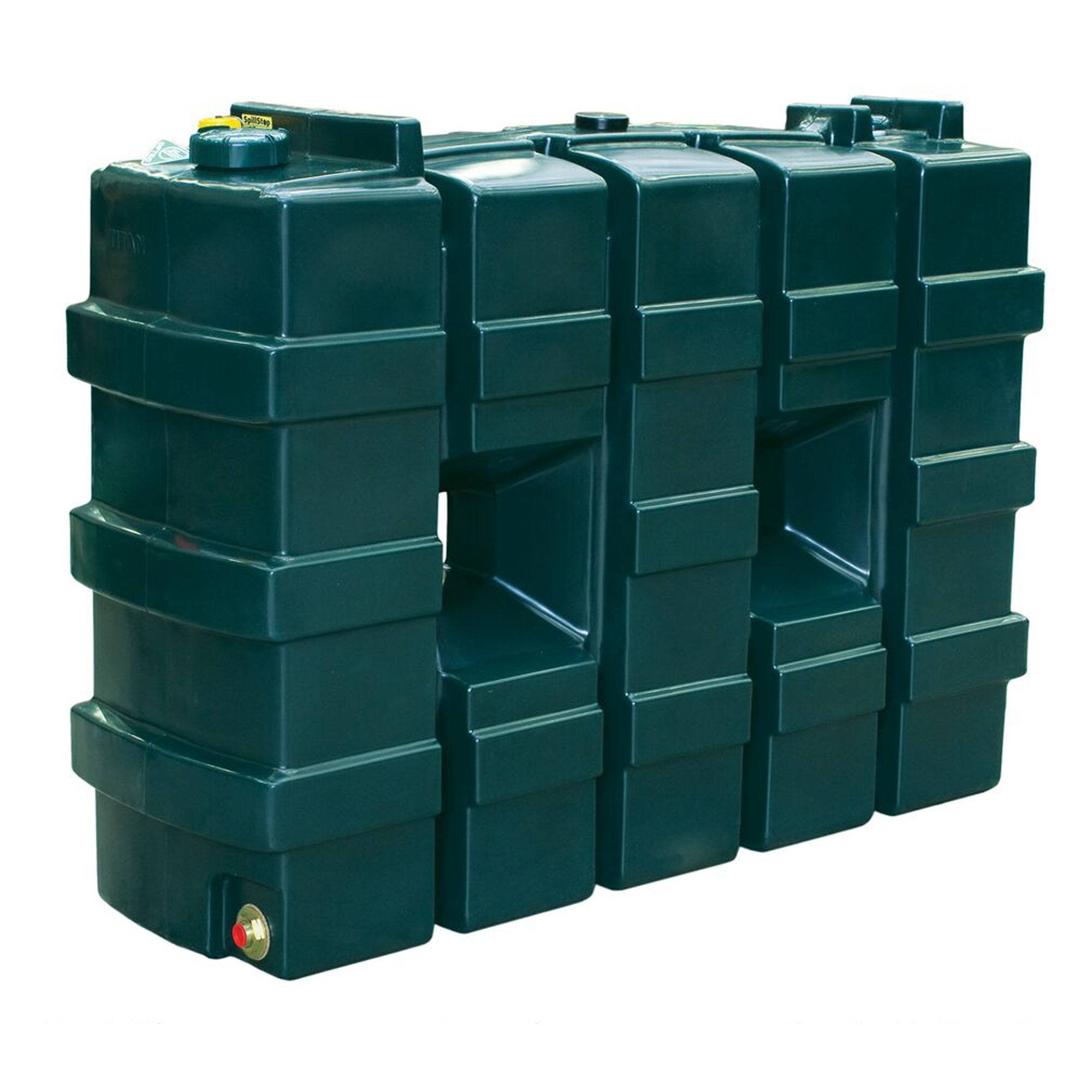
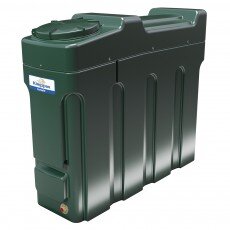
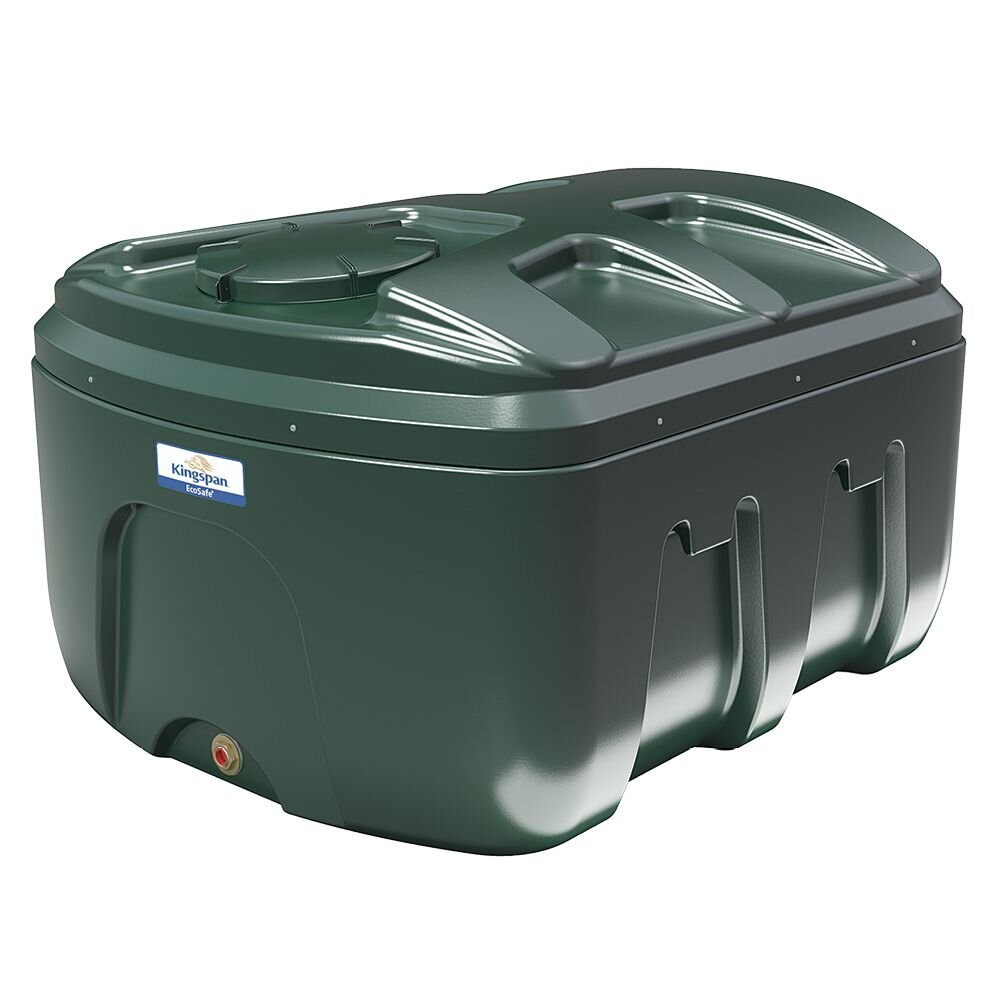
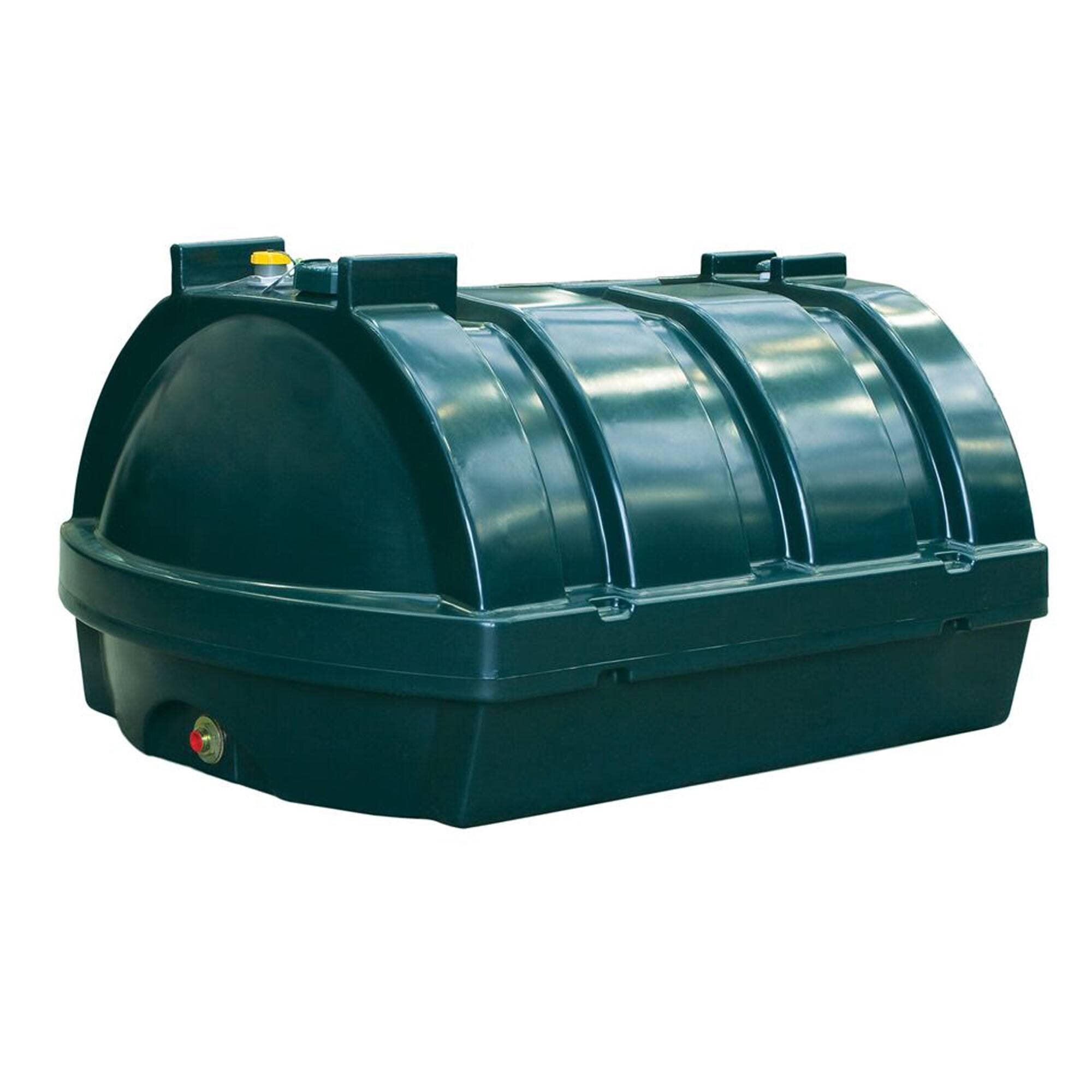
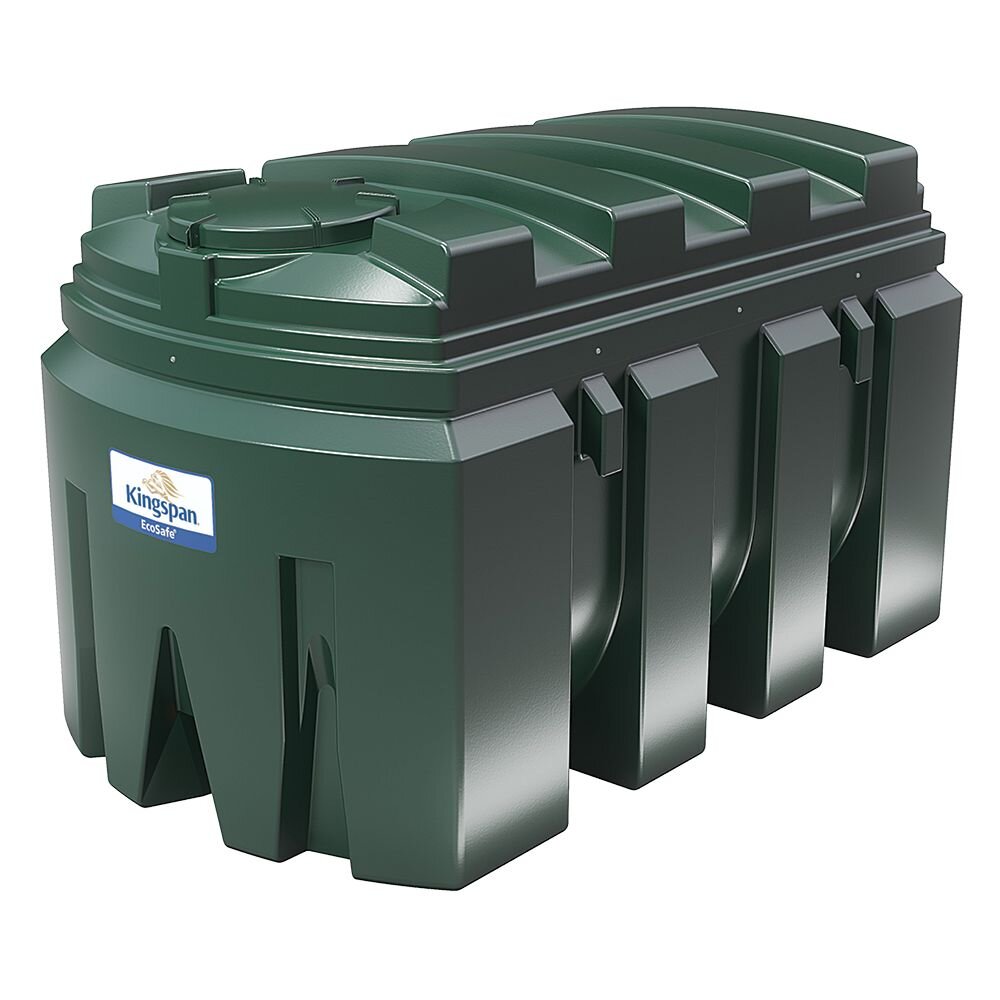
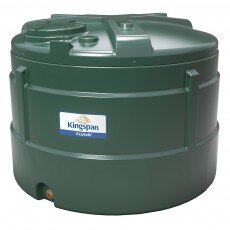
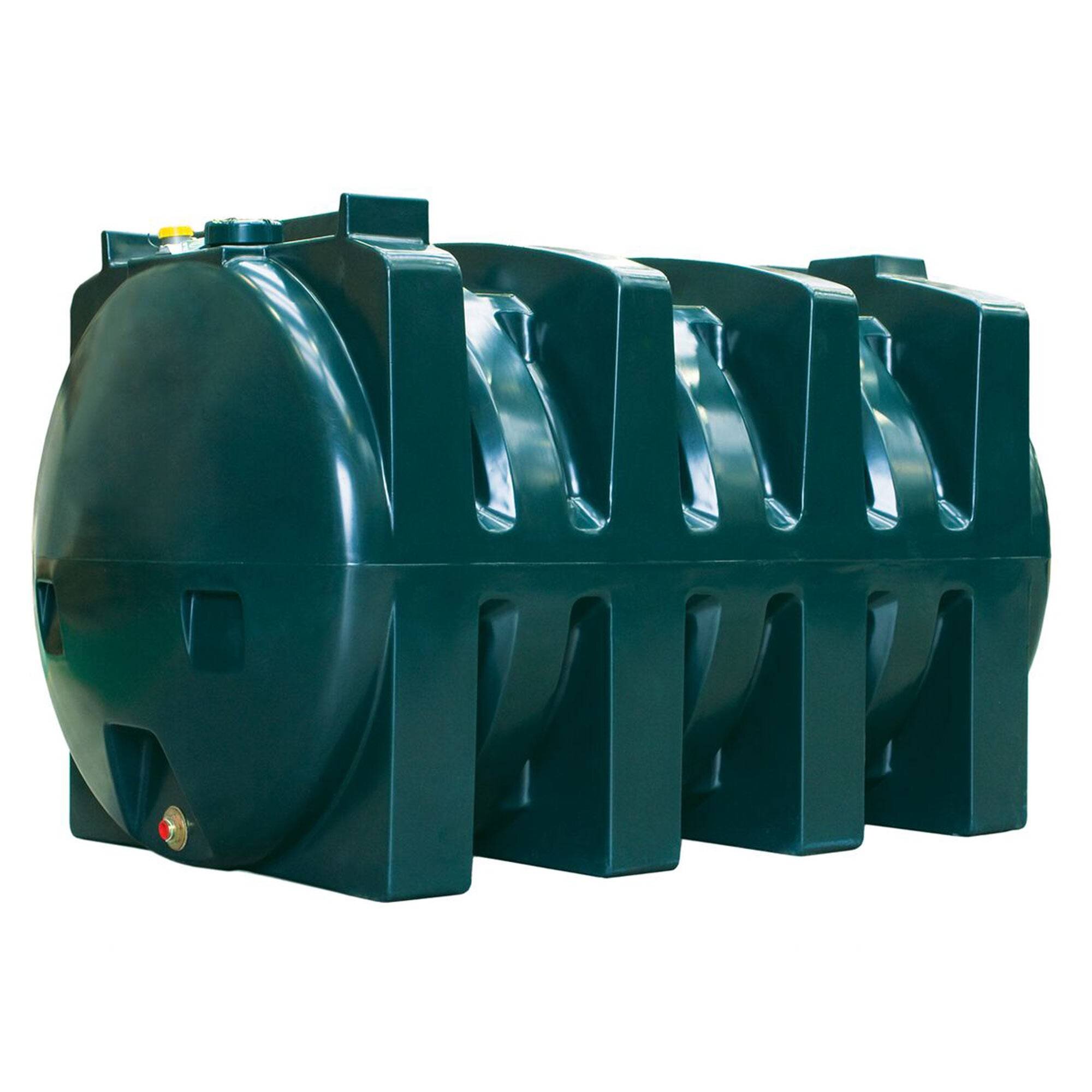














Completely running out of heating oil can leave you without hot water or heating, this is especially inconvenient during winter when it’s needed the most. Running fully dry of heating oil is easily done by not keeping an eye on your fuel levels or from fuel theft